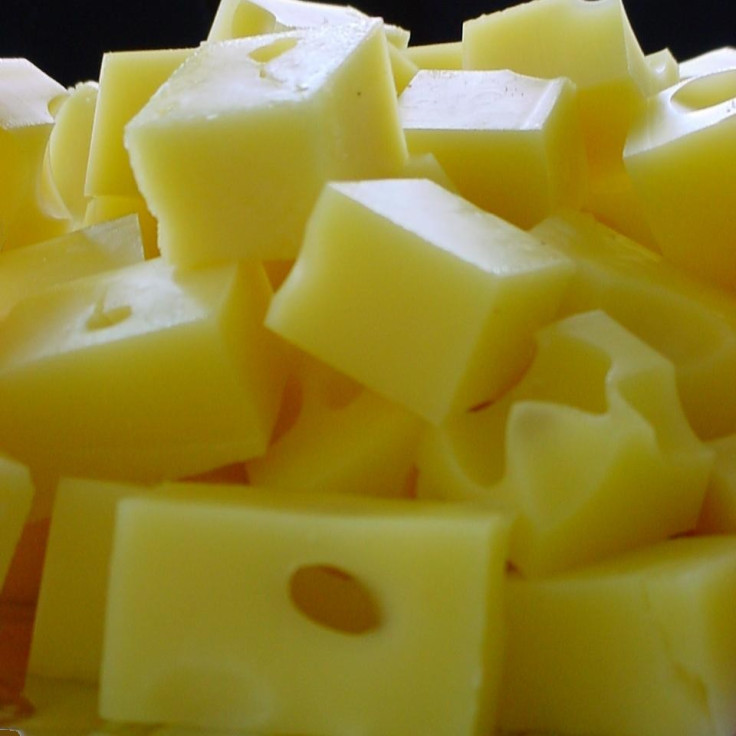World's Oldest Cheese Was Snack for 3,500-Year-Old Chinese Mummy in Afterlife

The world's oldest cheese has been discovered on the necks and chests of mummies in China, dating to over 3,500 years old.
Cheese discovered with mummies in China's Taklamakan Desert was dated by researchers at the Max Planck Institute of Molecular Cell Biology and Genetics, USA Today reports.
They found the cheese dated to 1615 BCE, making it the oldest ever discovered by a long way.
Study author Andrej Shevchenko said: "We not only identified the product as the earliest known cheese, but we also have direct ... evidence of ancient technology [that is] easy, cheap ... It's a technology for the common people."
The cheese was preserved with the mummies at the Small River Cemetery Number 5, first discovered by Swedish archaeologists in the 1930s.
The cemetery included a group of Bronze Age people buried on top of a large sand dune underneath what appears to be large wooden boats. These boats were packed with cowhide so well that they created a "vacuum-packed" effect.
"It's just amazing it survived"
Bioarchaeologist Oliver Craig
The dry desert and the salty soil helped preserve the mummies, with the cheese effectively freeze dried for three millenniums.
Published in the Journal of Archaeological Science, researchers noticed that some of the bodies had odd crumbs on their necks and chests. Analysis showed proteins and fats, and experts deducted they were clumps of cheese.
The reason why the civilisation was buried with cheese is unknown, although Shevchenko suggests it may be so they had food with them in the afterlife.
Previous researchers have found evidence of cheese making technology dating back to over 7,000 years in Poland. However, samples of this ancient cheese have never been found.
The Max Plank researchers believe the mummies made their cheese by mixing milk with a mix of bacteria and yeast – a technique still used today to make certain types of cheese – but say they need further analysis of the sample to confirm this is the case.
This method would have been low cost and would have helped increase the spread of herding in Asia and the Middle East.
Bioarchaeologist Oliver Craig of the University of York said that while he is not convinced of the method used to make the cheese "it's just amazing it survived".
© Copyright IBTimes 2025. All rights reserved.






















